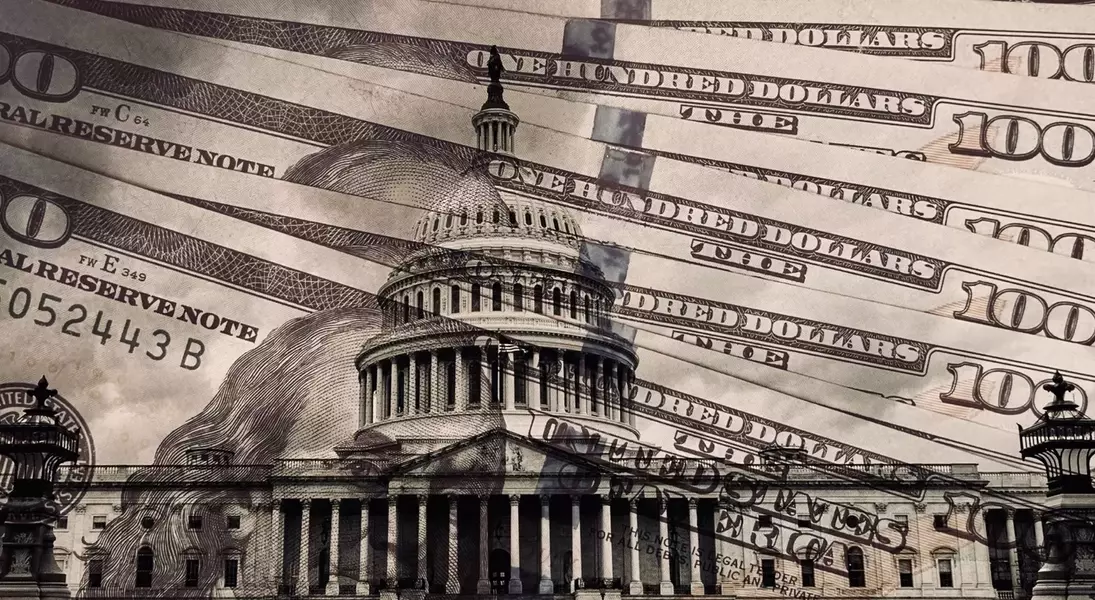
The eagerly awaited September jobs report, though seemingly robust in its initial headline figures, paints a picture of underlying economic fragility. Delayed due to a government shutdown, the data from the Bureau of Labor Statistics' Establishment Survey indicated 119,000 new jobs. However, a closer inspection, particularly considering the three-month average for job creation and the expected significant revisions to these belated figures, suggests a more somber reality for the economic landscape. This situation raises serious questions about the true health of the economy and the efficacy of current monetary policies.
The delay in government data release significantly complicates economic analysis and forecasting. When crucial statistics like job numbers are withheld, the ability of policymakers, businesses, and investors to make informed decisions is severely hampered. This particular delay, stemming from a government shutdown, means that the September report's initial findings are likely to undergo substantial adjustments. Such revisions are not uncommon, but the extent of the delay here implies a greater degree of uncertainty, making any immediate conclusions provisional at best.
Despite some optimistic indicators, such as the Atlanta Fed's GDPNow forecast suggesting a strong economy, the muted average job creation figures provide a contrasting view. This discrepancy prompts skepticism regarding the broader economic strength. A sustained pattern of lower job growth, when averaged over several months, often signals a cooling labor market and, by extension, a decelerating economy. The disparity between headline numbers and underlying trends underscores the need for careful interpretation of economic data.
A critical point of contention revolves around the Federal Reserve's current monetary policy. There is a growing argument that the Fed has maintained interest rates at elevated levels for too long, potentially stifling economic expansion. This sustained period of high rates could be inadvertently slowing down GDP growth in the third and fourth quarters, which might otherwise have seen more vigorous activity. The challenge lies in balancing inflation control with the imperative of fostering sustainable economic growth, a balance that, according to some analyses, may have been misjudged.
The confluence of delayed, potentially overstated jobs data, an ambiguous economic outlook, and a possibly restrictive monetary policy creates an environment ripe for economic headwinds. The government shutdown’s indirect consequences, including the late release of critical data, amplify this uncertainty, making accurate prognostication exceptionally difficult. As the economic narrative continues to unfold, vigilance in monitoring revised data and policy adjustments will be paramount to understanding the true trajectory of the economy.
